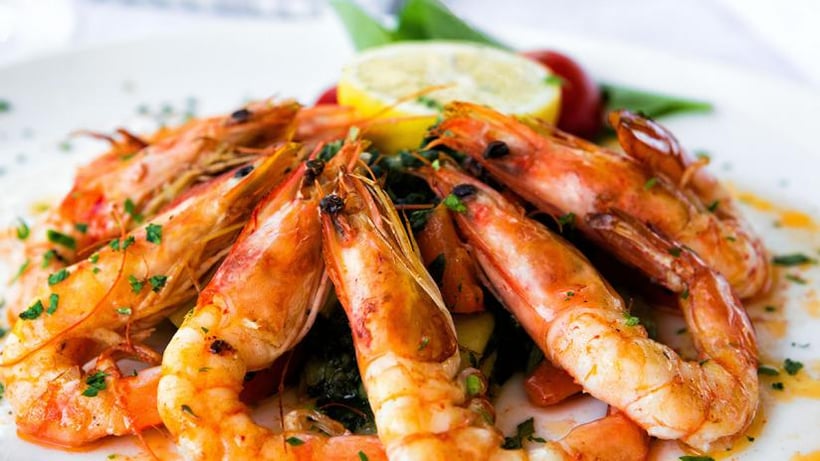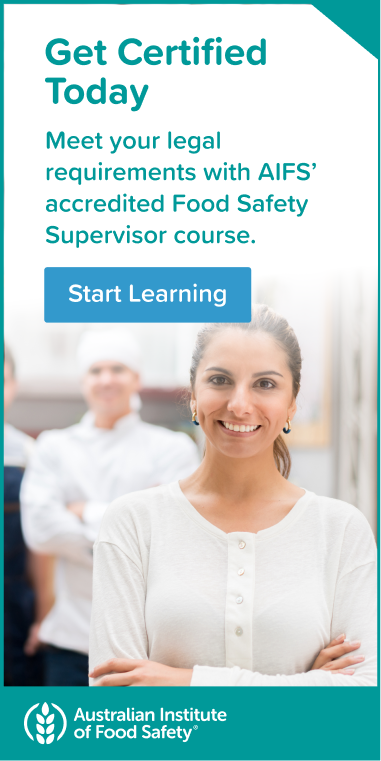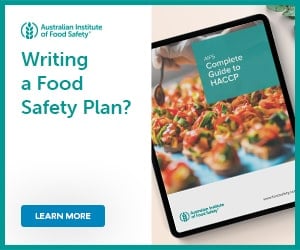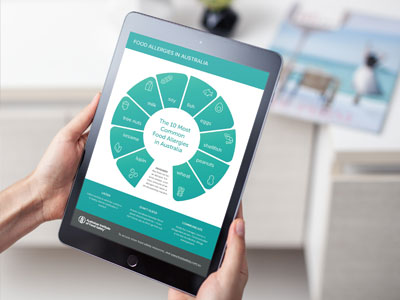
Are you looking forward to enjoying some of your favourite seasonal dishes this Christmas? Savouring delicious meals with loved ones is part of what makes the holiday season so merry — although preparing and storing large amounts of food for holiday gatherings also means the risks of food poisoning can be particularly high this time of year.
Cooking staple holiday dishes comes with its own set of food safety challenges. When planning to prepare food for a holiday get-together, prioritise safe food handling and cooking practices to keep harmful bacteria levels low and help prevent food poisoning.
Here are some of our top tips to help ensure you’re cooking your favourite holiday dishes properly — so the only thing you’ll have to worry about is where you can comfortably lounge when the food coma hits!
Practise proper food safety habits
Whether you’re planning to indulge in a seafood feast, serve a succulent ham or even brave the heat and cook a turkey, always follow these general food safety tips to minimise the risk of food-borne illness.
Follow proper hand hygiene
Always wash your hands with soap and warm water for at least 20 seconds before and after handling different foods, and after using the washroom, touching pets, taking out the trash, changing a diaper, smoking, coughing, sneezing or blowing your nose.
Prevent cross-contamination
When thawing frozen seafood, meats or poultry in the refrigerator, always place them on the bottom shelf so that they do not accidentally contaminate already cooked or ready-to-eat foods. Use a different cutting board for raw meats, poultry or seafood from one used for washed produce or ready-to-eat foods, and always clean and sanitise a cutting board that held raw food before placing cooked food on it.
Confirm that foods have reached their safe cooking temperature
Use a calibrated thermometer to check the food’s temperature. When checking the temperature, insert the thermometer away from bone, fat or gristle and into the thickest area of the food, and be sure to take the temperature of different parts of the food. If it’s not yet cooked to its proper temperature, continue to cook it. Remember to wash thermometers that were used on raw or partially cooked foods in between temperature checks!
Be mindful of dietary restrictions
Your guests may have allergies or intolerances to certain foods. Make sure you’re aware of any dietary restrictions when planning your meal, ensure you are following proper procedures to prevent cross-contamination, and to be extra careful, remove any dishes from your menu that could have severe and even life-threatening consequences for those who are affected.
Remember that for vulnerable groups such as the elderly, people with compromised immune systems, children under five and pregnant women, certain foods like soft cheeses and raw seafood pose higher risks of food-borne illness and severe symptoms.
Common holiday dishes and their safe cooking process
SEAFOOD
As many Aussies look forward to enjoying some fresh seafood in the summer heat, keep these cooking tips in mind. Cook fish and shellfish to a minimum internal temperature of 75°C. Some signs that seafood is cooked include fish flaking easily, the flesh of shrimp, crab, lobster and scallops becoming firm and opaque, and the shells of clams, mussels and oysters opening during cooking (throw out those that don’t open). While these are good ways to estimate that the seafood is cooked, always use a calibrated thermometer to confirm it has reached the safe cooking temperature.
Raw oysters are an especially popular dish over the holiday season. Cooking oysters to the proper internal temperature is the best way to ensure harmful bacteria like certain types of Vibrio are killed. If you do plan on serving raw oysters, be sure to source them from a reputable supplier and remember that vulnerable persons such as pregnant women, children under five and the elderly are more likely to experience severe food-borne illness due to consuming raw oysters.
Spoiled seafood will have a strong sour, rancid or fishy odour — or an ammonia-like smell — after cooking. If you detect these odours in a cooked seafood dish, throw it away.
TURKEY
Intending to serve a turkey for your holiday feast? Be sure to plan for cooking the bird well ahead of time! The safest way to thaw any food is in the refrigerator, and it takes approximately 24 hours to thaw every five pounds of turkey.
Turkeys must reach an internal temperature of at least 75°C at its thickest part to help prevent the risk of food poisoning. Depending on its weight and whether it is stuffed, the turkey can take between three to six hours to reach its safe cooking temperature.
STUFFING
It’s best to cook stuffing separately since it poses food safety risks if cooked inside the turkey. This is because reaching the required internal temperature can take longer, it can prevent the meat from reaching its required temperature and the stuffing absorbs the raw poultry juices — turning it into a high-risk food.
To be safe, we recommend that stuffing be cooked separately to a minimum internal temperature of 75°C on the stove top or in the oven in its own cooking dish. To keep yourself from being too busy on the day of your holiday gathering, you can also prepare the stuffing a day or two ahead of time — just be sure to refrigerate it promptly after it has cooled down in shallow, food-grade containers. When reheating, the stuffing should reach a temperature of 75°C or above.
HAM & ROASTS
Other popular main dishes served over the holidays are ham and roasts. When cooking these meat dishes, be sure that they reach a minimum internal temperature of:
- 70°C to 75°C for pork (pieces, whole cuts and roasts)
- 75°C for venison, rabbit and other game
- 63°C (medium-rare), 71°C (medium), 77°C (well-done) for beef, lamb and kangaroo
DESSERTS & BAKED GOODS
While it may be tempting to try uncooked cookie dough or raw batters and frostings as you bake, remember that raw eggs and uncooked flour can be contaminated with harmful bacteria that can make you sick if consumed. Raw eggs can contain Salmonella bacteria and uncooked flour can be contaminated with E. coli, so be sure that you thoroughly cook your baked goods.
Prevent vulnerable groups from eating dishes that include raw eggs as an ingredient, as they have a higher risk of getting food poisoning from these foods. It’s best to prepare dishes that contain raw eggs right before you consume them, and refrigerate them immediately at 5°C or below to prevent bacteria growth. Dishes include:
- mousses and tiramisu
- eggnog
- hollandaise sauce
- fresh mayonnaise
- aioli
Protect yourself and your guests from experiencing a bout of food poisoning this holiday season by following these food safety tips and proper cooking procedures. Use the Australian Institute of Food Safety’s (AIFS) fact sheets for safe cooking temperatures and tips for safely preparing shellfish, fish and poultry for even more information on how to safely handle common ingredients in popular holiday dishes.




